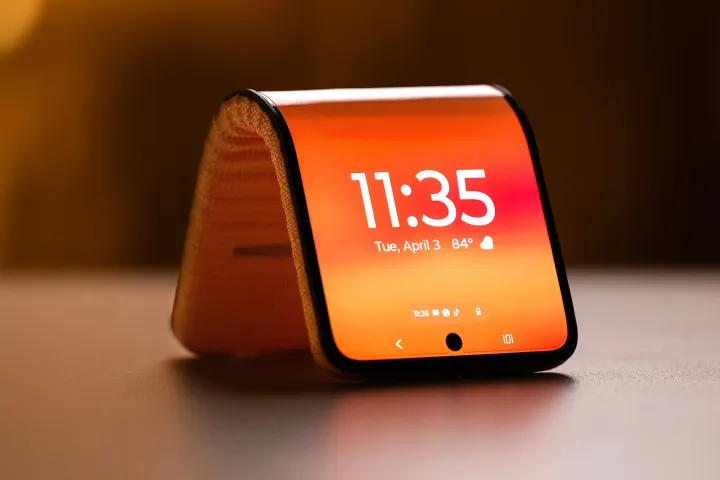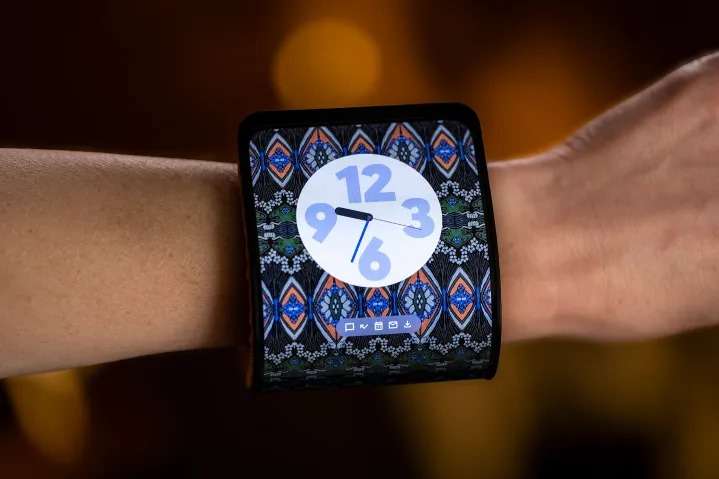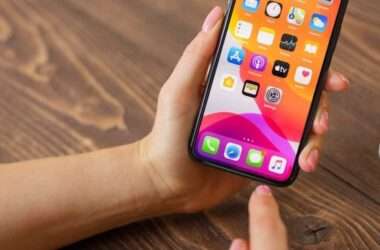
Motorola has always been at the forefront of innovation, and steadfast to resolve and provide customers with thoughtful and meaningful experiences. Their recent smartphones released have AI built in to various parts, including the camera, battery, display, and overall performance. However, the way that people use smartphones today is completely changing, and artificial intelligence (AI) is at the core of it all. AI can be used as a personal assistant as well as a tool to improve performance, streamline daily tasks, and give consumers more meaningful experiences.
Motorola is demonstrating breakthroughs that expand the potential of flexible hardware and introducing fascinating new AI features, elevating its AI efforts to a new level. These features include smart personal assistants and generative theming.
Motorola introduces a flexible display design that adapts to customers’ needs
According to the company, the adaptive display concept can be changed from a flat position, which is often used for an Android phone, to being wrapped for use on the wrist, or placed in multiple stand settings. The device can run Android in all of its features, which in and of itself is encouraging.
The smartwatch credentials are well showcased by the ingenious use of the clock widget on the home and lock screens. It’s debatable, but I don’t want a huge screen attached to my wrist. And it all makes sense. The issue of wrist thickness also needs to be addressed. You get a loose grasp if the girth is thin. You won’t get a firm grasp to hold the item in place if you’re endowed with thick wrists.
Introducing a new set of Motorola AI concepts

Motorola understands the importance of personalization for consumers. That’s why we’re committed to exploring how AI can enhance device customization to provide users with a truly one-of-kind experience. Motorola has developed a generative AI model that runs locally on the device to allow users to extend their personal style to their phone. With this concept, users can upload or capture a picture of their outfit to produce multiple unique AI-generated images that reflect their style. These images can then be used as a custom wallpaper on their device.
However, even if you ignore the wearable attraction, what you’re left with is a folding phone that functions flawlessly, despite its outward bent. With several tweaks in addition to its mid-half and two-thirds geometry, that’s where it excels. With a little tweaking, as you can see in the first picture, it can make a fantastic glance screen. Perhaps akin to the iPhone’s Focus feature or the Zen mode offered by OnePlus. Additionally, if the design looks familiar, it’s because Lenovo tried to create a very similar tablet in 2016 with the cPlus concept.
Also, if you notice the ribbed back, those are apparently folding points that allow the device to bend at different seams and stay locked in that position. In its natural state, we are looking at a 6.9-inch FHD+ plastic OLED panel, which can be bent to achieve a practically usable 4.6-inch panel in standing mode.
Conclusion
The company has been making foldable phones for years. And surprisingly, it has done a better job with their durability than Samsung’s foldable phones. In fact, the company is ahead of the competition and has already showcased a functional device with a rollable display. It’s called the Razr and it happens to look extremely appealing.




